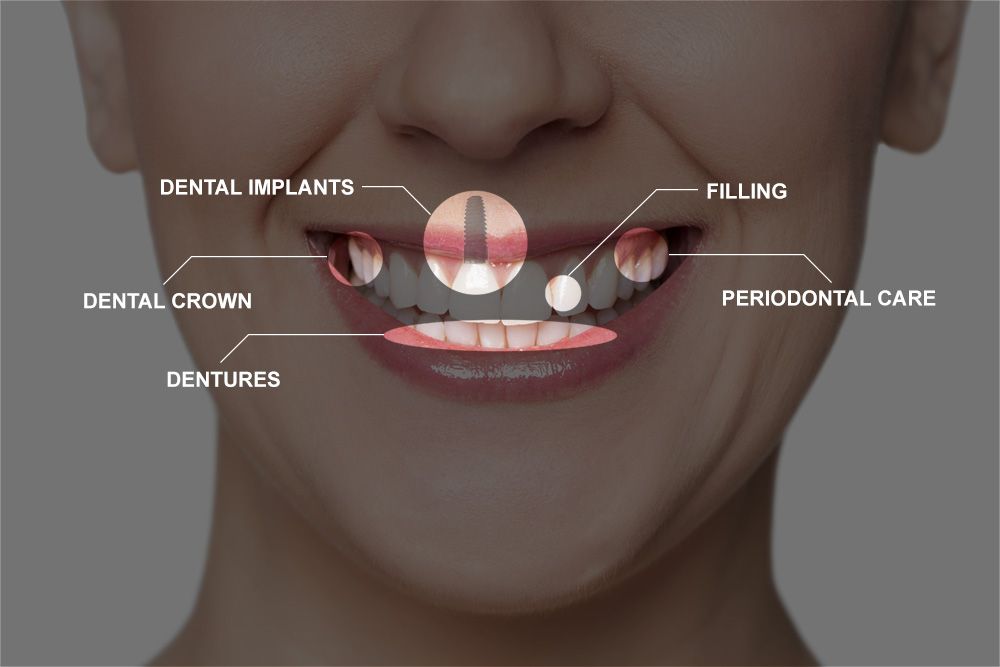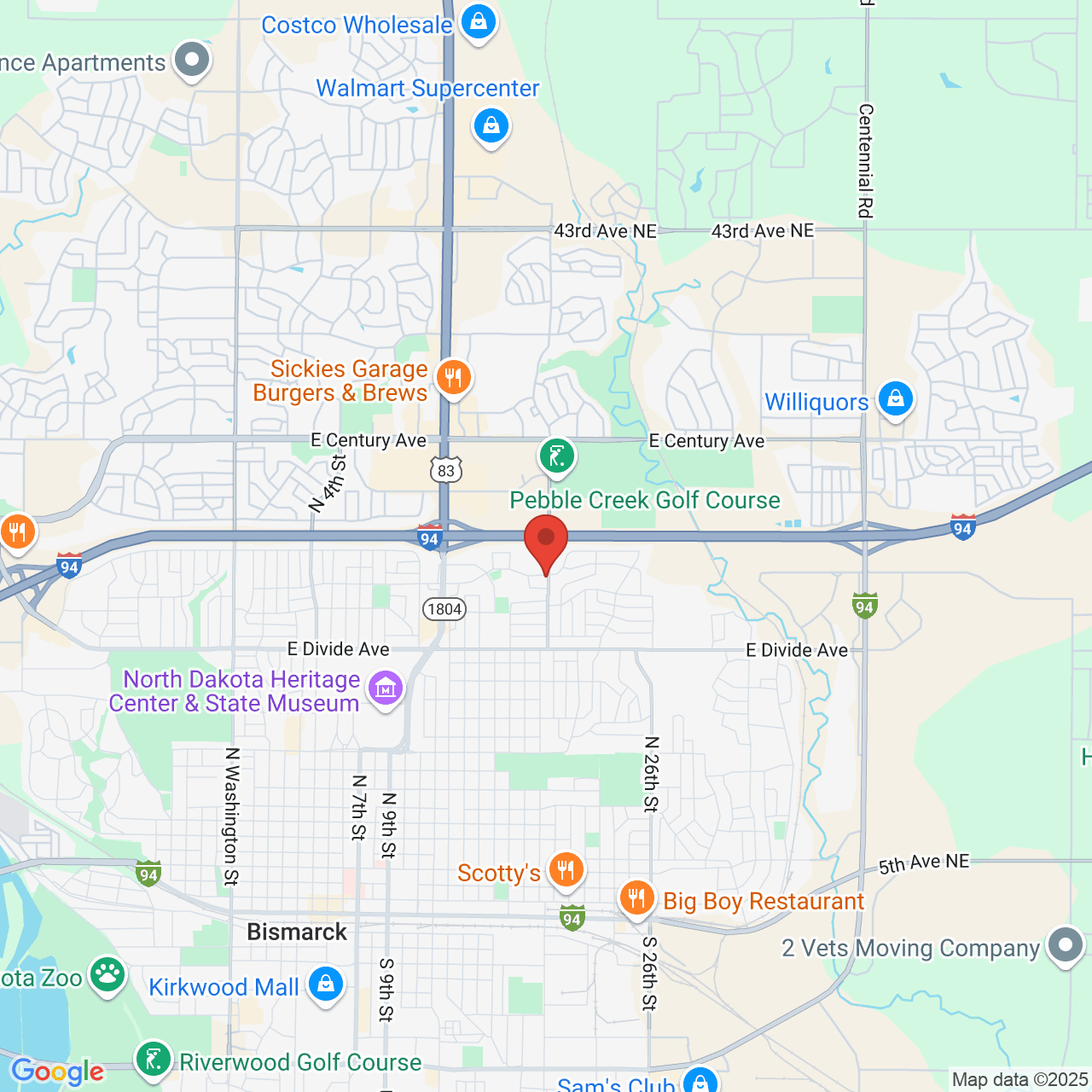Full Mouth Reconstruction Recovery: What to Expect
 Patients who have multiple dental issues can benefit from full mouth reconstruction to improve their overall all oral health. This comprehensive treatment includes two or more restorative procedures that can restore the smile and preserve your oral health.
Patients who have multiple dental issues can benefit from full mouth reconstruction to improve their overall all oral health. This comprehensive treatment includes two or more restorative procedures that can restore the smile and preserve your oral health.
Full mouth reconstruction recovery will depend on several factors, including which procedures are necessary and your body’s own healing capacity. Here, our team at Heringer Dentistry explores some of the most common treatments used in full mouth reconstruction. Contact our Bismarck, ND practice to find out what to expect in terms of healing.
Factors Affecting Full Mouth Reconstruction Recovery
Each patient who walks through our door has his or her own unique set of needs. Therefore, full mouth reconstruction will be different for everyone.
For example, one patient may require multiple teeth replacement with dental implants, while another may only need a couple of crowns and laser gum recontouring.
As you can imagine, recovery following these treatments will vary, as they are very different procedures. Here, we will explore some of the most common procedures performed in full mouth restoration and offer a basic timeline for recovery.
Dental Implants
Currently considered the most successful replacement option in the field, dental implants are the next best thing to natural teeth.
In most cases, implants require a few months of healing before the final restorations can be attached. This allows the natural bone tissue to fuse to the implant, a process referred to as osseointegration.
Depending on the patient’s healing capability, most individuals require three to six months of recovery following implant placement.
Custom Restorations
When teeth are damaged by decay or breakage, restorations are necessary to restore the smile. Custom restorations can include fillings, crowns, bridges, inlays, and onlays.
In most cases, these restorations are crafted in a dental laboratory, a process that typically takes about two weeks on average. Once your lab case is shipped to our office, your new restoration will be placed.
On average, most patients can complete this type of treatment in just two office visits.
Periodontal Care
When gum disease is present, periodontal therapy is necessary to reduce bacteria levels and preserve your oral health. Depending on the severity of your condition, there are a few different treatment options.
Scaling and Root Planing
Mild to moderate gum disease can often be treated with scaling and root planing, a non-surgical procedure that eliminates harmful microbes. Similar to a routine dental cleaning, the gums are also numbed so the clinician can effectively reach the problematic areas. In most cases, there is little to no discomfort during recovery.
Following scaling and root planing, a few weeks of healing may be required. This is to make sure the gums are healthy enough before pursuing any other type of restorative work.
Laser Gum Recontouring
Some cases of periodontal disease can be treated with a soft tissue diode laser. Recovery following this type of procedure is generally short-lived, as this device allows for minimally invasive treatment. In most cases, patients will be comfortable within one to two days, and should be able to resume normal activity accordingly.
Periodontal Surgery
Advanced cases of gum disease will require surgery to keep the disease from spreading. This procedure involves incisions and stitches. Therefore, while patients are typically comfortable after about one week, the recovery period can last for several weeks.
Regenerative Therapies: Bone or Tissue Grafting
Bone grafting is often necessary when patients considering implants have insufficient bone to support them. Before implants can be placed, the bone must be rebuilt during an oral surgery procedure. This type of treatment can add several months of healing to the recovery timeline.
When the gums recede, or pull away from the teeth, tissue grafting can be performed to add volume and thickness to the area of deficiency. While healing times can vary, most patients find they are comfortable in about one week. It is important to note, however, that the graft will continue to heal for several months after.
Contact Heringer Dentistry to Learn More
Do you have extensive decay or missing teeth? What about receding gums or periodontal disease? No matter what your dental needs, we can design a personalized treatment plan to restore your smile. Contact us online or call us at (701) 255-4850.


